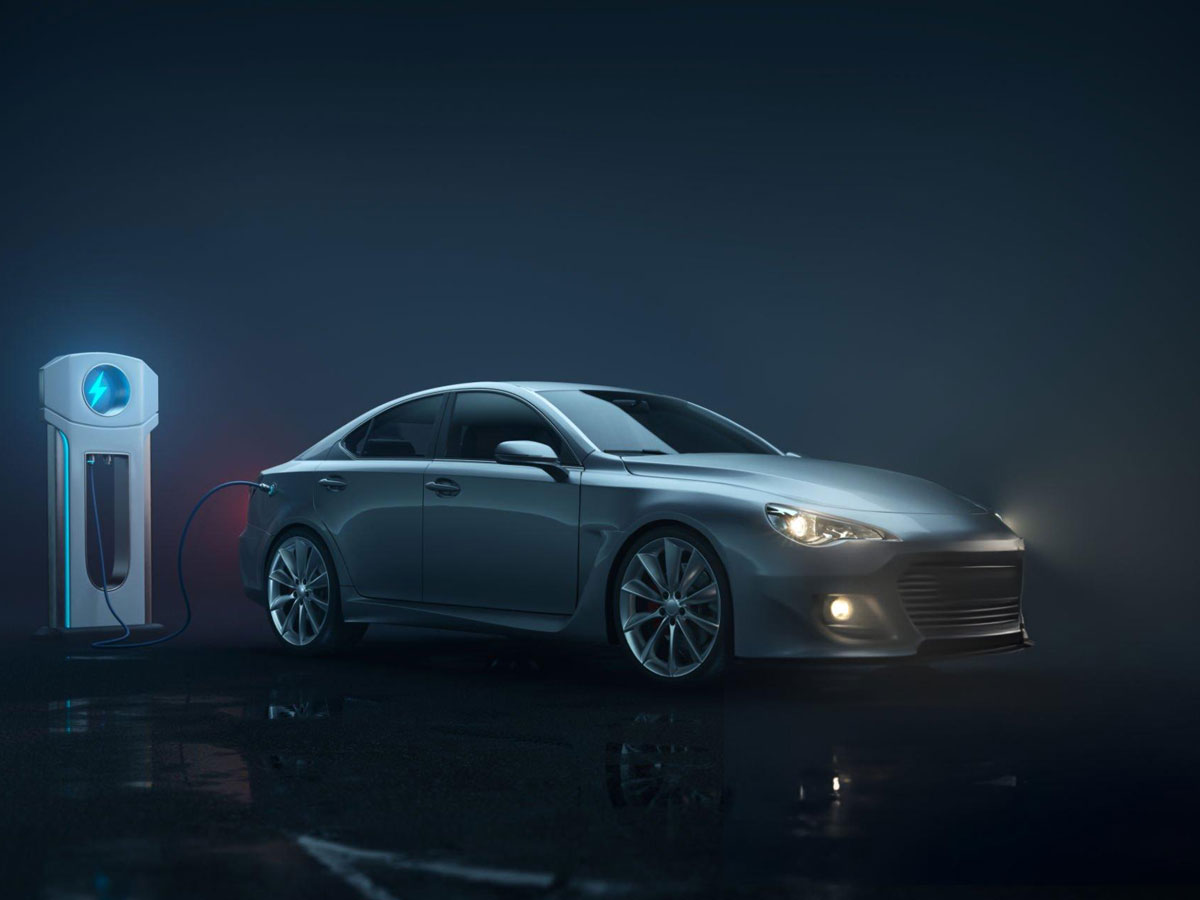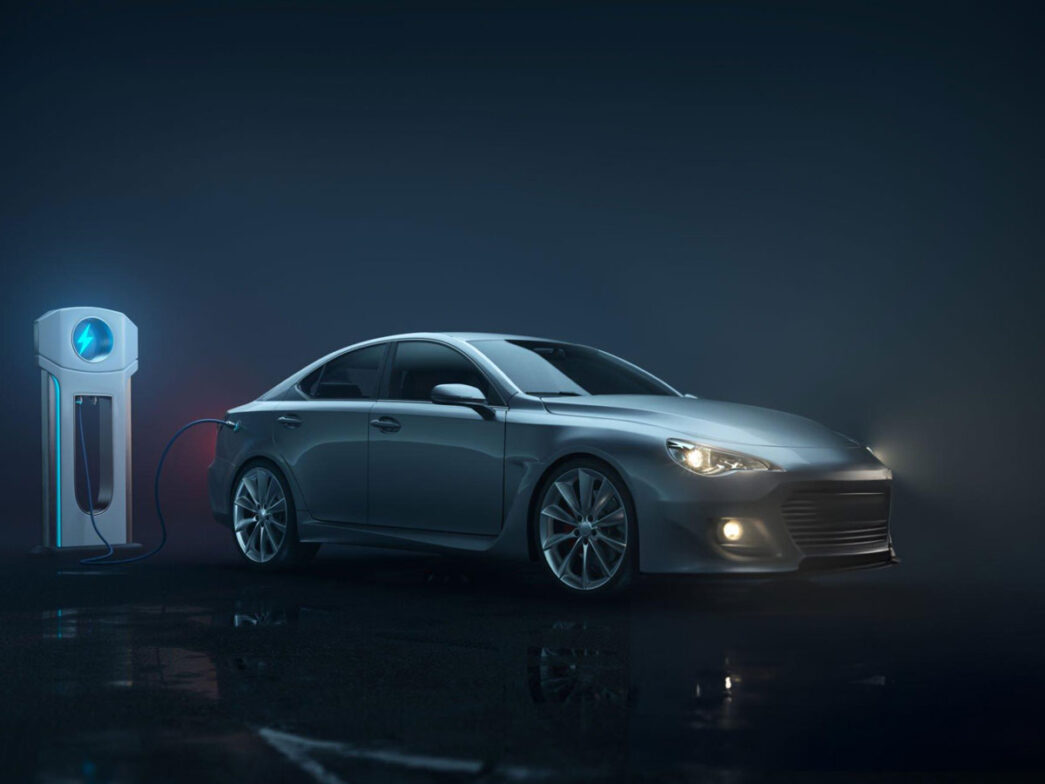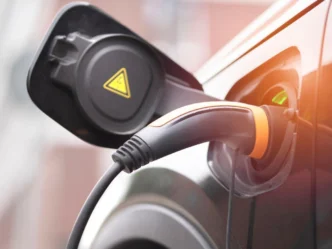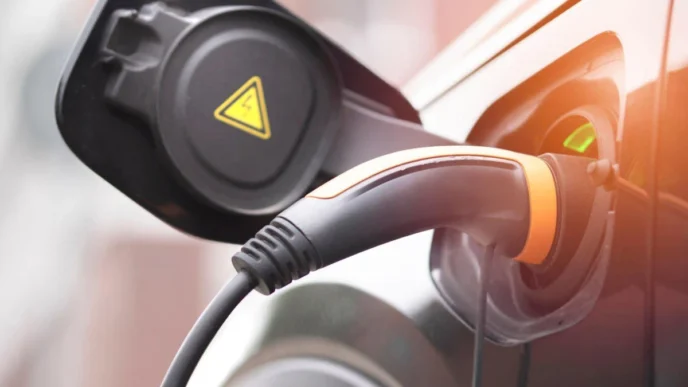As we approach 2025, the electric vehicle (EV) market is set for a groundbreaking transformation, driven by advances in technology, shifting consumer preferences, and evolving regulatory landscapes. Affordable electric cars are poised to become more accessible, redefining what it means to own an EV and potentially accelerating the shift away from traditional internal combustion engines. Here’s an in-depth look at how this revolution is unfolding and what to expect in the near future.
Introduction to the Electric Vehicle Revolution
The automotive industry is undergoing a significant transformation with the rise of electric vehicles (EVs). The EV revolution is not just a trend but a seismic shift towards sustainable and efficient transportation. As more manufacturers and consumers embrace EVs, this shift signifies a move away from fossil fuels toward a greener, cleaner future
Understanding the Shift to Electric Vehicles
There are various reasons why there will be such a shift to electric vehicles the fact that they do not emit pollutants from the exhaust pipe. When it comes to environmental EVs is that they produce no emissions and therefore zero global warming potential or local air pollution. The other reasons are technological improvements that have been goinger only recently. The price of batteries needed to going down and the range of EVs is dramatically
Governments around the world are supporting this shift through incentives such as tax credits and rebates, further driving consumer interest. Additionally, the reduction in the operating costs of EVs compared to traditional vehicles is an attractive proposition for many. From lower maintenance costs to the decreasing price of electricity compared to gasoline, owning an EV is becoming a financially sound decision.
Why 2025 is a Pivotal Year for EVs
The year 2025 is anticipated to be a landmark for the electric vehicle revolution. By this time, major advancements in battery technology are expected to come to fruition, making EVs not only more affordable but also significantly increasing their driving range. Many major automotive manufacturers have set 2025 as the target year to go fully or mostly electric, signaling a broader shift in the industry.
Moreover, increasing infrastructure investments will see a surge in the availability of charging stations, alleviating one of the main concerns of potential EV buyers. Regulatory measures such as stricter emission standards will also propel the adoption of EVs. Consequently, 2025 will mark a pivotal point in the large-scale adoption and acceptance of electric vehicles globally, driving the EV vehicle revolution forward.
The electric vehicle revolution is here, and by 2025, it will have reshaped our transportation landscape in ways we’re only beginning to understand. Get ready to embrace a more sustainable future with the continued growth and development of electric vehicles.
Revolution in EV Vehicle Technological Advancements
One of the primary drivers of the anticipated shift in the electric vehicle market is technological advancement. Battery technology, in particular, has seen rapid progress. Innovations such as solid-state batteries and improved lithium-ion chemistries promise to enhance energy density, reduce costs, and increase the range of electric vehicles.
Battery Technology
Solid-state batteries, for instance, are expected to become commercially viable by the mid-2020s. These batteries use a solid electrolyte instead of the liquid or gel electrolytes found in conventional batteries. The advantages include higher energy density, which translates into longer driving ranges, and improved safety due to the reduced risk of thermal runaway. As these technologies scale up, the cost of EV batteries is expected to decrease significantly, making electric cars more affordable for the average consumer.
Economies of Scale
As more manufacturers enter the EV market and production volumes increase, economies of scale will drive down costs. Major automakers like Tesla, Volkswagen, and Ford are ramping up their EV production capabilities, which will help reduce per-unit costs. The growing number of affordable models will benefit from these economies, making electric cars more accessible to a broader audience.
Charging Technology
Charging technology is also advancing rapidly. Ultra-fast chargers that can replenish an EV’s battery to 80% in under 30 minutes are becoming more widespread. Additionally, improvements in home charging solutions and the development of wireless charging technology could make owning an electric car even more convenient.
Affordable EV Models to Watch
The landscape of affordable electric vehicles is expanding with several noteworthy models expected to hit the market in 2025. These models are not only anticipated to offer competitive pricing but also to deliver on performance, range, and features.
Tesla Model 2
Tesla’s highly anticipated entry-level model, often referred to as the Model 2, is set to revolutionize the affordable EV segment. Expected to be priced around $25,000, the Model 2 aims to provide the core benefits of a Tesla—such as advanced autopilot capabilities, a high-quality interior, and impressive acceleration—at a fraction of the cost of the Model 3. The Model 2 is likely to feature a range of around 250 miles on a single charge, making it a practical choice for daily commuting and longer trips alike.
Chevrolet Equinox EV
Chevrolet’s new electric car line now includes the Equinox EV, a mid-size SUV that’s affordably, usefully powered. Priced from about $30,000, Equinox EV hopes to take on well-received internal combustion engine SUVs for price and capability. It’ll have more than 300 miles of range, and is likely to compete hard for the cheap electric SUV segment.
Nissan Leaf Plus
The Nissan Leaf has been a pioneering model in the electric vehicle market for over a decade. The Leaf Plus, an updated version of the original model, is expected to continue its legacy with improvements in range and technology. With a starting price of around $35,000, the Leaf Plus will likely offer a range of over 250 miles and come equipped with advanced driver assistance features, making it a compelling choice for those looking for an affordable and reliable electric car.
Hyundai Kona Electric
The Hyundai Kona Electric is another model to watch in 2025. Known for its stylish design and efficient performance, the Kona Electric is expected to remain a popular option among consumers. Priced around $35,000, it will likely offer a range of over 250 miles and come with a host of modern features, including a user-friendly infotainment system and advanced safety technologies.
Charging Infrastructure and Accessibility
As the number of affordable electric vehicles increases, the charging infrastructure is also expected to evolve. Enhanced charging networks will be crucial in supporting the widespread adoption of EVs.
Expansion of Charging Networks
Both the governments and private enterprises are deploying huge sums on EV charging infrastructure expansion. There’s now faster-charging stations on major highways and in cities, which helps lessen range anxiety and allow you to travel further. Also, home charging solutions are becoming more affordable and straightforward to use, making homeownership even simpler.
Wireless Charging Technology
Another innovation on the horizon is wireless or inductive charging. In this technology, a car is able to be charged without being connected with a cable, and electromagnetic fields transfer energy to the vehicle. This technology is still in its infancy but if perfected, it could dramatically improve the convenience of driving an electric car. The technology might be particularly helpful to urban dwellers who don’t have access to home charge
Government Policies and Incentives
Government policies and incentives will play a significant role in shaping the future of affordable electric vehicles. Many countries are implementing stringent emissions regulations and offering financial incentives to encourage the adoption of EVs.
Incentives and Subsidies
Incentives such as tax credits, rebates, and grants are expected to continue supporting the purchase of electric vehicles. These incentives can significantly reduce the effective cost of an EV, making it more attractive to budget-conscious consumers. For example, in the United States, the federal EV tax credit and various state-level incentives can reduce the upfront cost of an electric vehicle by several thousand dollars.
Emission Regulations
Stricter emission regulations are pushing automakers to accelerate their development of electric vehicles. Many countries have announced plans to gradually discontinue the sale of new vehicles powered by internal combustion engines over the next decade. These regulations are expected to drive the production of more affordable electric cars as manufacturers work to meet these targets.
Market Impact and Consumer Adoption
The introduction of affordable electric vehicles is set to have a profound impact on the automotive market and consumer behavior.
Market Penetration
As more affordable electric cars become available, their market penetration is likely to increase rapidly. Consumers who previously considered electric vehicles too expensive will find viable options that fit their budgets. This shift will contribute to a broader adoption of EVs and ahasten the move towards a more sustainable transportation system.
Competition and Innovation
The influx of affordable electric vehicles will also intensify competition among automakers. This competition will drive further innovation, leading to improvements in technology, performance, and features across the board. As a result, consumers will benefit from a wider range of high-quality electric vehicles at various price points.
Electric vehicles (EVs) offer a range of environmental benefits compared to traditional internal combustion engine (ICE) vehicles. As the adoption of EVs increases, these advantages become increasingly significant in addressing climate change and reducing pollution.
Key environmental advantages of electric vehicles
Reduced Greenhouse Gas Emissions
Lower tailpipe emissions: lower carbon on the road … from an emissions standpoint, there is no comparison, these cars are going to be far cleaner than almost anything out there Zero tailpipe and lower overall emissions are two of the most important environmental benefits of battery EVs. As explained above, EVs have zero means that EVs do not emit carbon dioxide, nitrogen oxides or any particulates (carbon soot) from their tailpipe when they run. Climate change mitigation and air pollution reduction depend critically upon these reductions.
Lower Overall Carbon Footprint: Although the manufacturing of EVs and their batteries can be energy-intensive, the overall carbon footprint of EVs tends to be lower over their lifetime compared to ICE vehicles. This is because the electricity used to charge EVs can come from renewable sources like wind, solar, or hydro power. As the electricity grid becomes greener and more renewable energy sources are added, the carbon footprint of operating an EV continues to decrease.
Improved Air Quality
Reduced Urban Air Pollution: EVs contribute to cleaner urban air by eliminating tailpipe emissions that produce smog and ground-level ozone. Cities with high levels of vehicle traffic, where air pollution can be particularly severe, benefit significantly from the transition to EVs. This reduction in air pollution can lead to fewer respiratory and cardiovascular health issues among urban populations.
Lower Noise Pollution: Electric vehicles are generally quieter than ICE vehicles, especially at low speeds. Reduced noise pollution contributes to better quality of life in urban environments and lessens the impact of traffic noise on human health and wildlife.
Energy Efficiency
Higher Energy Efficiency: EVs are more energy-efficient than ICE vehicles. Electric drivetrains convert a higher percentage of energy from the battery into vehicle movement compared to the conversion efficiency of gasoline or diesel engines. This means that EVs use less energy to travel the same distance, which translates to reduced energy consumption and lower environmental impact per mile driven.
Regenerative Braking: Many EVs use regenerative braking systems, which recover energy typically lost as heat during braking and convert it back into electrical energy to recharge the battery. This process enhances overall energy efficiency and reduces the amount of energy needed from external sources.
Conclusion: Preparing for the Electric Vehicle Revolution in 2025
As we approach 2025, the electric vehicle revolution is set to redefine the automotive landscape, especially in the United States. The advancements in battery technology, coupled with increased affordability, will enhance the accessibility of electric vehicles for the everyday consumer. The expansion of charging infrastructure and government incentives will further fuel this transformation.
By 2025, the shift towards sustainable transportation will be more pronounced, offering significant benefits such as reduced carbon emissions, lower operating costs, and enhanced driving experiences. The electric vehicle revolution 2025 is not just a possibility; it’s an inevitable future that promises to balance innovation with environmental responsibility.
As consumers, staying informed and ready to embrace this change will ensure a smooth transition to a greener, more efficient mode of transportation. The world of electric vehicles is just beginning to surge, and 2025 will undoubtedly be a pivotal year in this exciting journey.
FAQs
The Electric Vehicle Revolution refers to the significant shift from traditional internal combustion engine vehicles to electric vehicles (EVs). By 2025, this transformation aims to make EVs increasingly prevalent in the United States, driven by advancements in technology, sustainability concerns, and supportive government policies.
In 2025, the Electric Vehicle Revolution is expected to make EVs more accessible to the average consumer through developments in affordability, increased charging infrastructure, and better battery technology. These changes will enhance the convenience and cost-effectiveness of owning an EV in the United States.
By 2025, consumers can look forward to significant advancements in EV technology, including extended battery life, faster charging times, and improved driving ranges. Enhanced autonomous driving features and connectivity options will also contribute to the appeal and functionality of electric vehicles.
The EV Vehicle Revolution in 2025 aims to significantly reduce carbon emissions and air pollution, contributing to cleaner air and a healthier environment in the United States. The widespread adoption of electric vehicles will play a critical role in mitigating climate change and promoting sustainability.
To support the Electric Vehicle Revolution, the United States government is implementing various incentives, such as tax credits and rebates for EV purchases. Investments in expanding the charging infrastructure and research funding for advancing EV technology are also being prioritized to facilitate the transition to electric vehicles by 2025.















